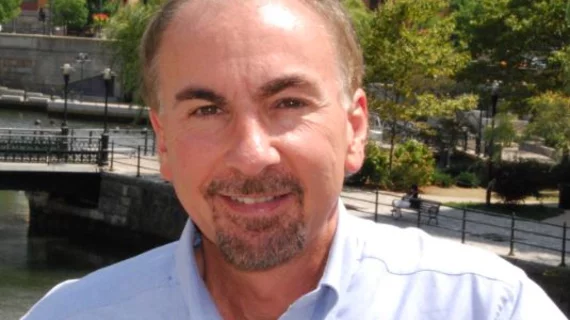Spread the word about low-dose CT for lung cancer screening
If you’re an American between middle age and senior citizenship, you’re getting encouraged to get screened for colon cancer. If your primary-care doctor doesn’t regularly remind you about the ease and availability of the test, no worries. Just consume any mass health media. The culture of healthy living will take care of reiterating for you that screening colonoscopy will either save your life or, at the very least, give you peace of mind.
Same thing goes if you’re a woman with any risk at all for breast cancer. Or an adult with common risk factors for diabetes, skin cancer, hepatitis, osteoporosis, tuberculosis, HIV, prostate cancer and on and on. “Get screened” has become a mantra. It’s chanted continuously across all sorts of disease states that respond to early detection and treatment.
And rightly so—full stop, no questions. But there’s one terrible yet treatable illness that’s glaring for its absence from the procession.
Where’s the push for longtime smokers to get screened for lung cancer?
The American College of Radiology asked just that in May after a new study showed that, in 2016, a mere 1.9 percent of more than 7 million strong candidates—adults aged 55 to 80 who smoked for 30 or more pack years—got screened with low-dose CT. Never mind that the U.S. Preventive Services Task Force recommends the test for this numerically substantial subpopulation.
ACR points out that present and former heavy smokers aren’t getting screened for two bad reasons. One, their doctors aren’t referring them. Many simply don’t know about the test, separate research has shown. And two, Medicare isn’t ponying up. CMS only pays $60 or so for these life-saving CT scans. That’s less than half of what the agency readily lays out for mammograms. (According to the online medical shopping service MDsave, the average price for the test is $506.)
ACR further notes that around 160,000 people will die of lung cancer this year. That’s more than will die from breast, colon and prostate cancers—combined.
What’s going on here? Why don’t primary-care docs know about lung-cancer screening with low-dose CT? Why is Medicare foolishly pinching pennies? It generally costs a lot less to treat lung cancer in its early stages than when it’s advanced enough to cause alarming symptoms.
Maybe there are undercurrents of indifference in our culture toward suffering and death brought on by avoidable behavior.
Maybe lung-cancer screening needs a celebrity role model, like Angelina Jolie for breast cancer or Ben Stiller for prostate cancer.
And maybe those of us who work in, around or anywhere near medical imaging can watch for opportunities to echo the words of Ella Kazerooni, MD, chair of ACR’s committee on lung-cancer screening: “Thousands of people each year should not be allowed to die needlessly. We need to save lives now.”
What are we waiting for?
Dave Pearson, Editor

